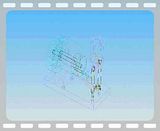- Joined
- Jan 3, 2008
- Messages
- 2,085
- Reaction score
- 17
As requested here are a few pics of the Oscillating Piston Valve Engine as shown in the avitar. Its not really a build thread but maybe the pictures will suffice. Will be glad to answer any further questions as well.

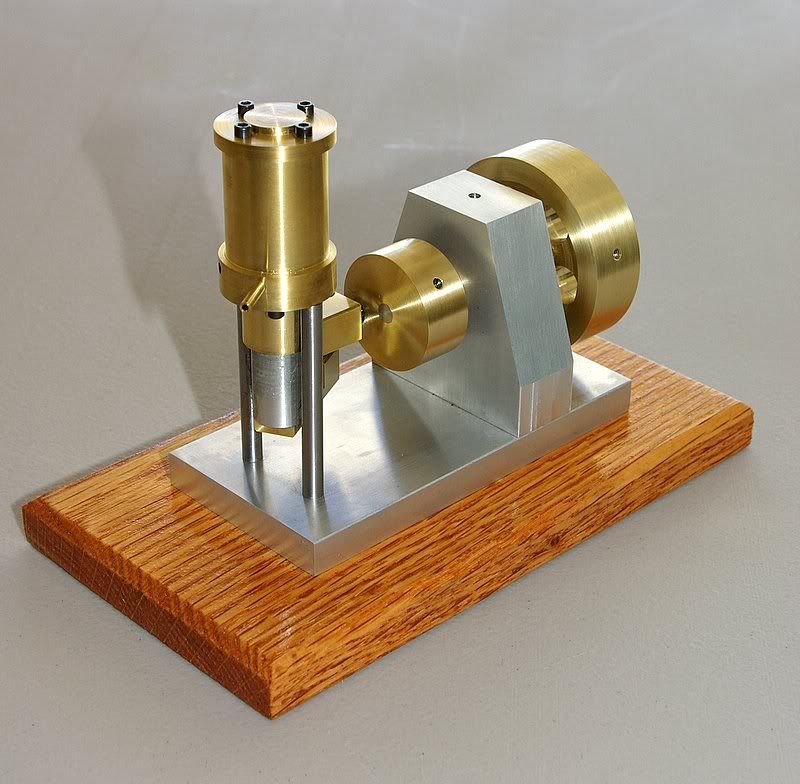
Here's a closer view of the piston/crankdisk linkage

Two views from above showing the swing of the linkage as the crankdisk rotates.
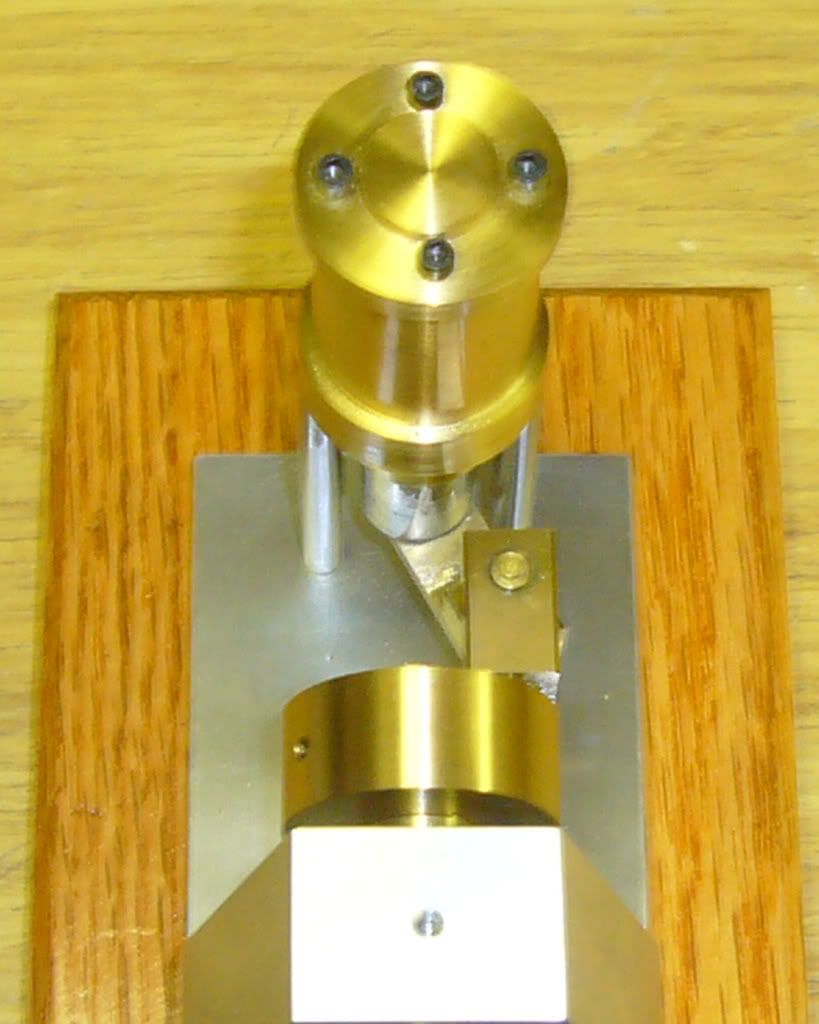
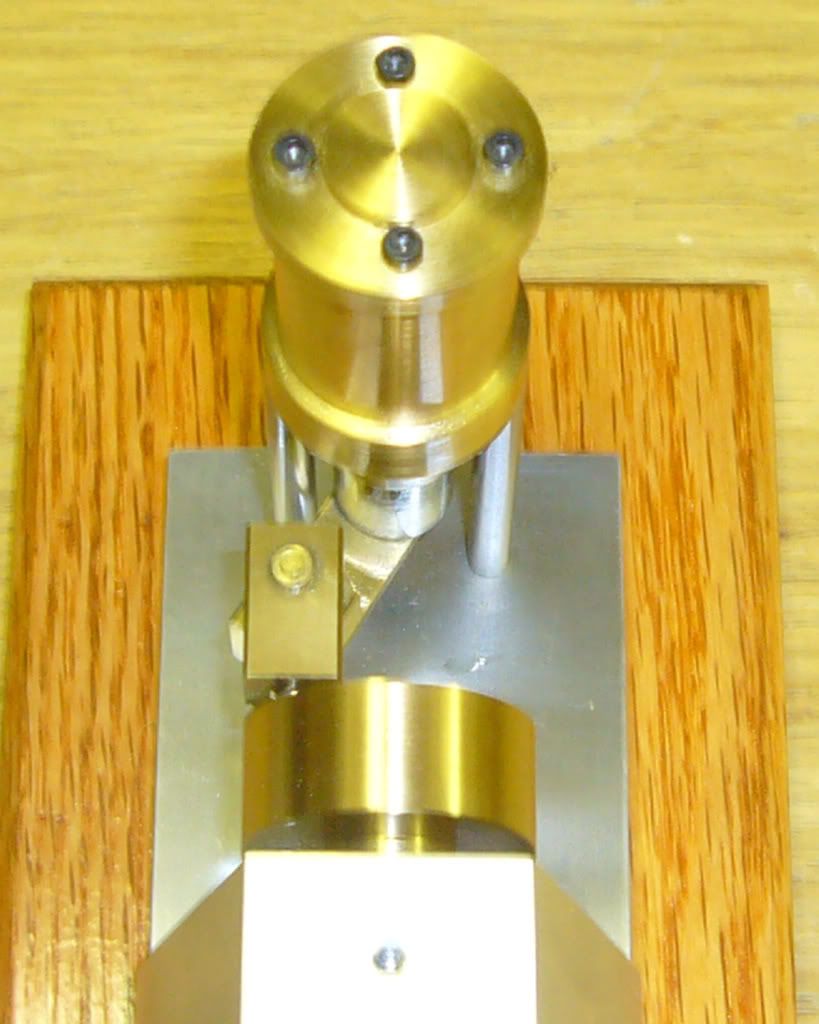
A view of the piston with the top of the cylinder removed showing the "flat" which acts as the valve mechanism as it rotates between the inlet and outlet ports.
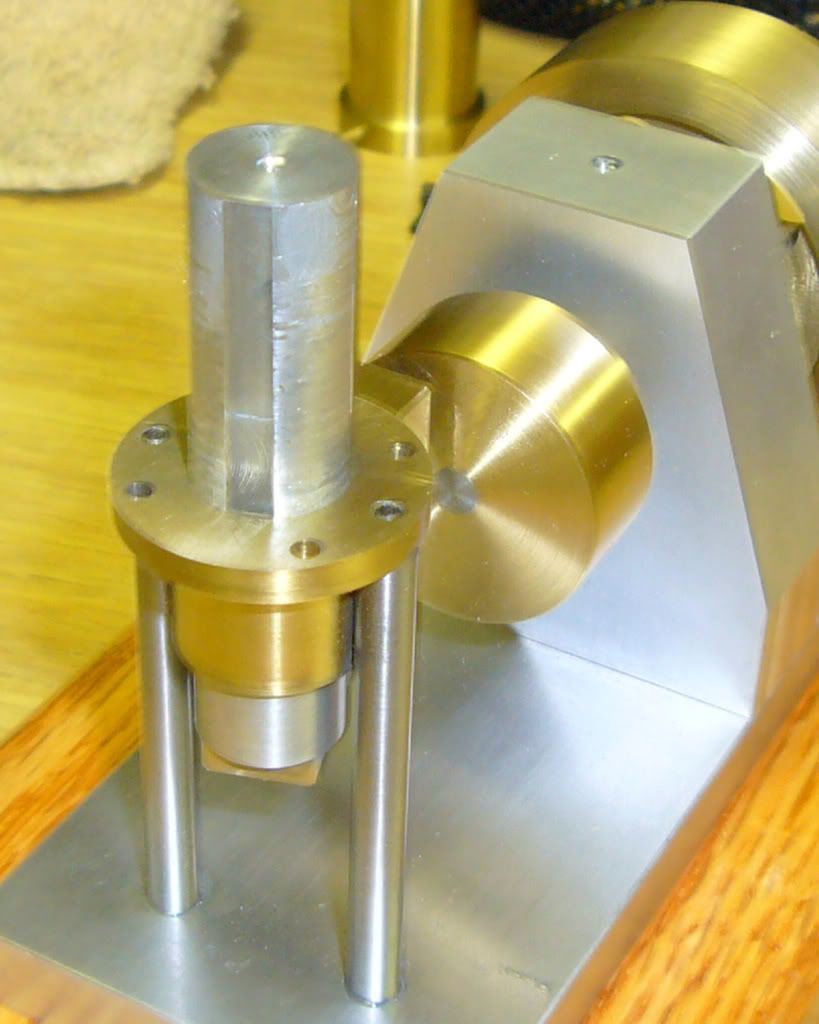
Finally a short video or it running with apologies for the website plug at the end (didn't have time to edit it out)

Hope this helps.
Regards,
Bill


Here's a closer view of the piston/crankdisk linkage

Two views from above showing the swing of the linkage as the crankdisk rotates.


A view of the piston with the top of the cylinder removed showing the "flat" which acts as the valve mechanism as it rotates between the inlet and outlet ports.

Finally a short video or it running with apologies for the website plug at the end (didn't have time to edit it out)

Hope this helps.
Regards,
Bill

































































